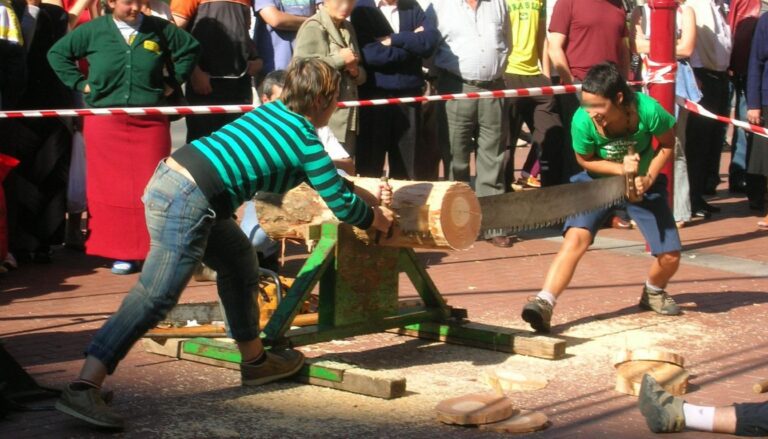Ker Sangri, Jaisalmer India
In the golden city of Jaisalmer, where massive sand dunes meet the sky and ancient havelis tell tales of desert merchants, Ker Sangri stands as a testament to human ingenuity and survival. This distinctive dish, made from desert berries and beans, represents the culinary wisdom of Rajasthan’s desert communities who transformed scarce desert vegetation into a celebrated delicacy. As the harsh sun beats down on the Thar Desert, this dish continues to tell the story of adaptation, resourcefulness, and the remarkable cuisine that flourished in one of India’s most challenging landscapes.
Table of Contents
Origins and History
Ker Sangri’s story is deeply rooted in desert survival:
- Originated among desert tribes centuries ago
- Developed during times of severe drought
- Traditional food preservation technique
- Sustained desert communities year-round
- Evolved from necessity to delicacy
- Integral to Marwari culinary heritage
The dish exemplifies how desert communities turned survival food into a cherished cultural treasure.
Cultural Significance
Ker Sangri represents more than just sustenance:
- Symbol of desert resilience
- Pride of Rajasthani cuisine
- Essential part of traditional celebrations
- Connection to desert ecology
- Source of cultural identity
- Representation of sustainable food practices
- Link to ancestral knowledge
The dish embodies the spirit of the Thar Desert and its people’s ability to thrive in harsh conditions.
Ingredients and Preparation
The excellence of Ker Sangri lies in its careful preparation and unique ingredients:
Traditional Components:
- Ker (desert berries)
- Sangri (desert beans)
- Desert spices
- Mustard oil
- Red chilies
- Turmeric
- Asafoetida
- Cumin seeds
- Coriander powder
- Desert salt
Authentic Preparation Process:
- Collecting desert ingredients
- Cleaning and soaking beans
- Preparing berries
- Sun-drying process
- Rehydrating ingredients
- Tempering spices
- Slow cooking method
- Achieving perfect texture
Where to Try It
Notable Establishments:
- Desert Boy’s Dhani
- Jaisalmer Marriott Resort
- Choki Dhani Restaurant
- The Yellow Chilli
Neighborhood Recommendations:
- Old City area
- Fort periphery
- Gopa Chowk vicinity
- Hanuman Circle area
Eating Etiquette and Customs
Understanding local dining customs enhances the experience:
- Traditionally eaten with bajra rotis
- Served as part of thali
- Eaten with right hand
- Sharing meals communally
- Expressing gratitude for food
- Respecting traditional serving order
Seasonal Considerations
While available year-round, seasonal factors affect the experience:
- Best ker berries in winter
- Fresh sangri in spring
- Peak harvest season variations
- Festival special preparations
- Traditional preservation times
- Summer storage methods
Modern Interpretations
While maintaining tradition, some adaptations exist:
- Contemporary plating styles
- Fusion preparations
- Modified cooking methods
- Restaurant adaptations
- Creative accompaniments
- Modern preservation techniques
Practical Information and Travel Tips
Essential knowledge for the perfect Ker Sangri experience:
- Available throughout the year
- Prices range from 200-400 INR per portion
- Best at traditional Rajasthani restaurants
- Many places require advance notice
- Cash preferred in local establishments
- Consider local food tours
- Ask about spice levels
- Learn about preservation methods
Making Your Ker Sangri Journey Memorable
Immerse yourself in Jaisalmer’s desert culture by learning about the traditional harvesting and preservation of ker and sangri. Take time to understand how this dish represents the desert’s bounty and the ingenuity of its people. Remember that each plate of Ker Sangri tells a story of survival, adaptation, and the remarkable cuisine that emerged from the golden sands of the Thar Desert.













